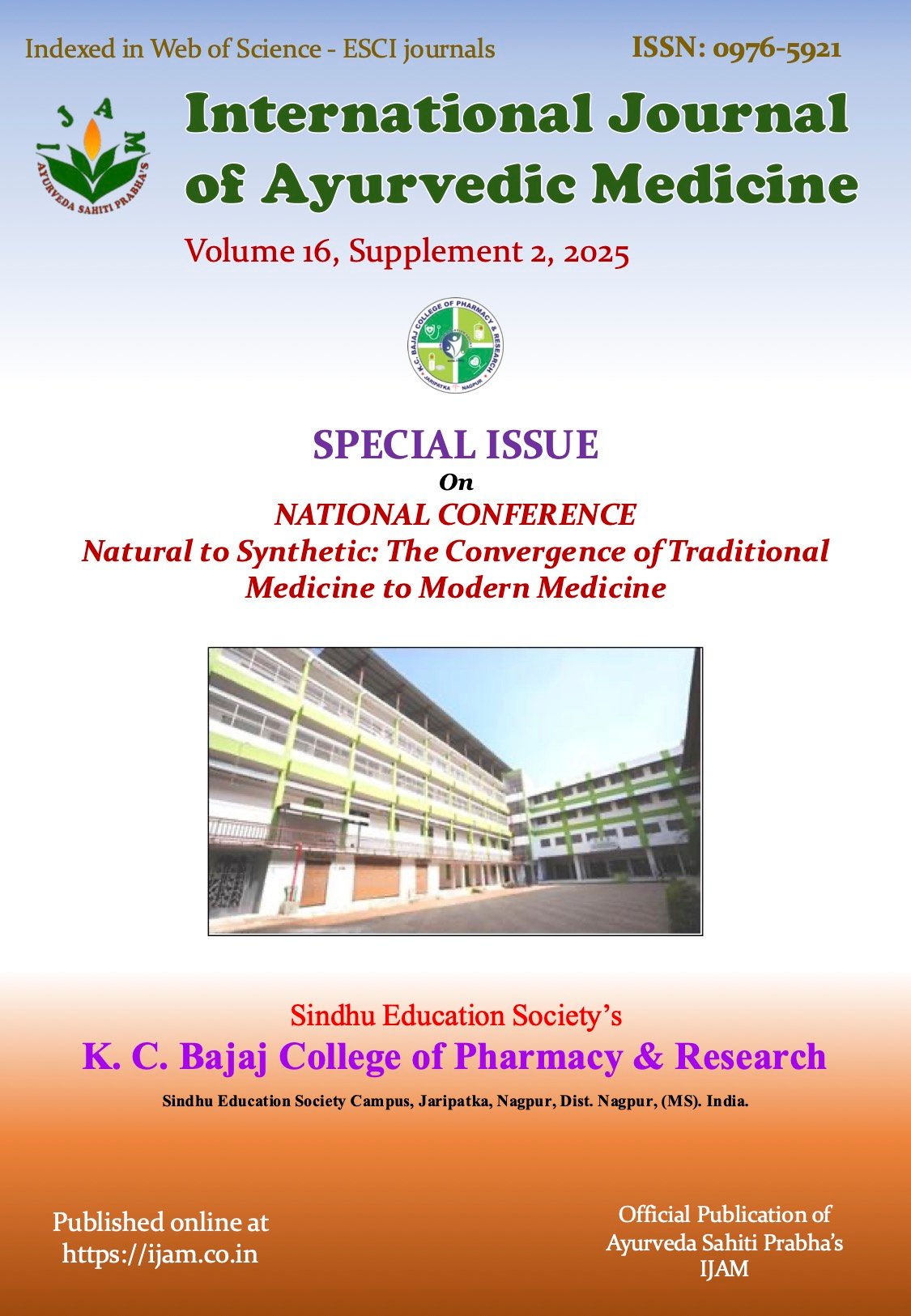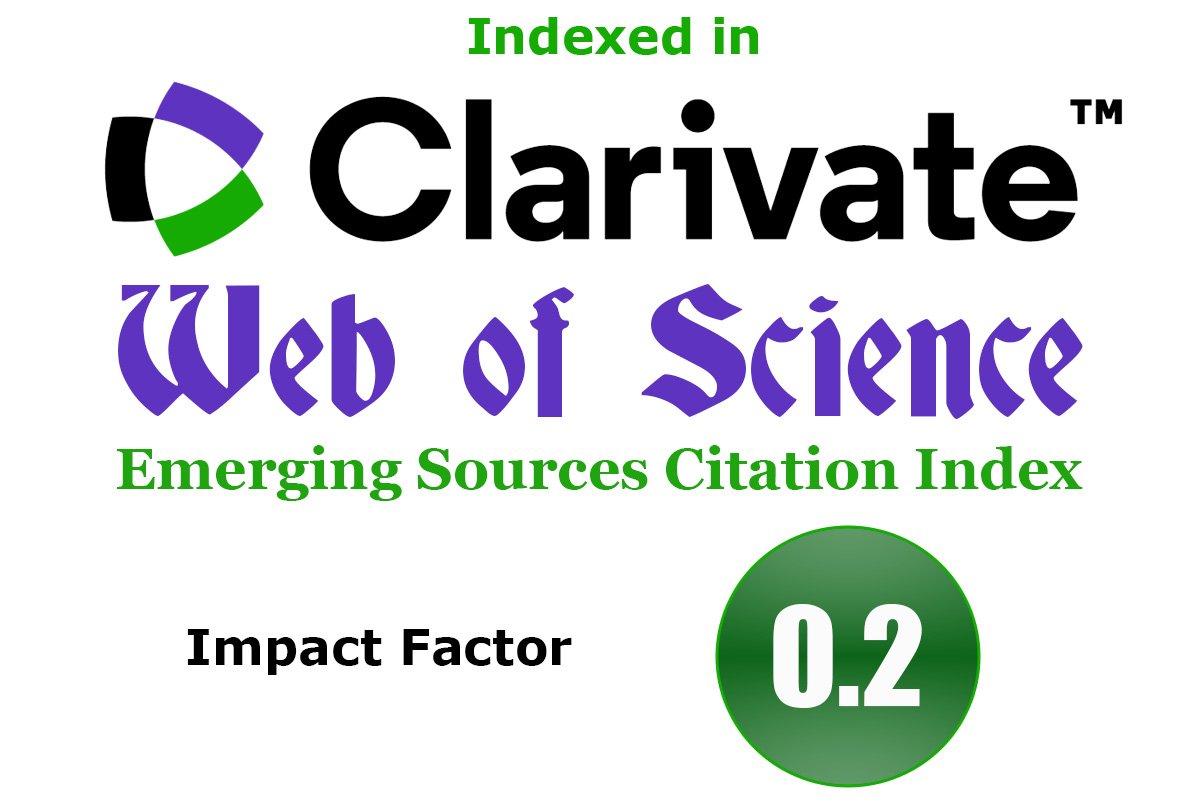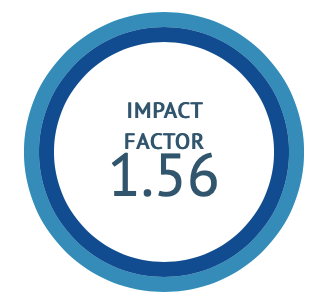Extraction and Profiling of Fatty Acids obtained from different Marine Seaweeds/Macro Algae
DOI:
https://doi.org/10.47552/ijam.v16iS2.6195Keywords:
Seaweeds, Extraction, Physiochemical analysis, Fatty acids profiling, NutraceuticalsAbstract
Seaweeds are acknowledged as potentially abundant sources of bioactive molecules with diverse applications in food, nutraceutical, and pharmaceutical industries. This study investigated the fatty acid (FA) composition of selected seaweed species collected from the Indian coastline, encompassing representatives from the Chlorophyta, Phaeophyta, and Rhodophyta phyla. Using gas chromatography, approximately 20 FAs were identified and quantified, including polyunsaturated fatty acids (PUFAs), monounsaturated fatty acids (MUFAs) and saturated fatty acids (SFAs). Among SFAs, palmitic acid (16:0) was the most prevalent across all species, followed by oleic acid (18:1) among MUFAs and linoleic acid (18:2) and eicosapentaenoic acid (20:5) among PUFAs. The variation in FA profiles among species suggests species-specific metabolic pathways influenced by environmental conditions. Additionally, the availability of essential FAs and notable PUFA/SFA ratios indicates the nutritional value of these seaweeds. These findings not only enhance our understanding of the biochemical diversity in Indian seaweeds but also support their potential utilization in health-promoting and therapeutic formulations.
Downloads
Published
How to Cite
Issue
Section
License
Copyright (c) 2025 International Journal of Ayurvedic Medicine

This work is licensed under a Creative Commons Attribution-NonCommercial-ShareAlike 4.0 International License.
The author hereby transfers, assigns, or conveys all copyright ownership to the International Journal of Ayurvedic Medicine (IJAM). By this transfer, the article becomes the property of the IJAM and may not be published elsewhere without written permission from the IJAM.
This transfer of copyright also implies transfer of rights for printed, electronic, microfilm, and facsimile publication. No royalty or other monetary compensation will be received for transferring the copyright of the article to the IJAM.
The IJAM, in turn, grants each author the right to republish the article in any book for which he or she is the author or editor, without paying royalties to the IJAM, subject to the express conditions that (a) the author notify IJAM in advance in writing of this republication and (b) a credit line attributes the original publication to IJAM.





